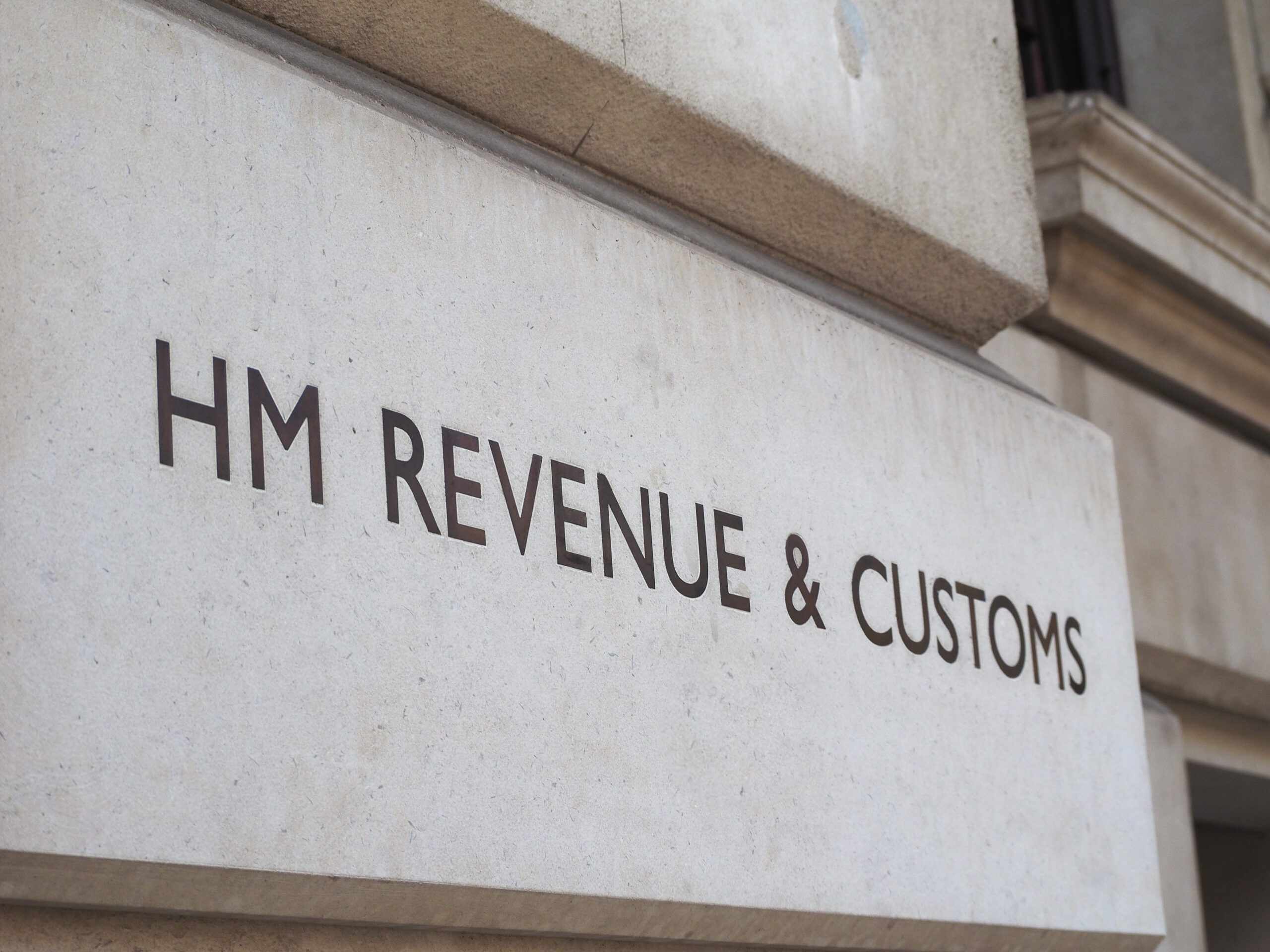10 or 20 years ago it was the norm for R&D tax credits to be reserved for companies focused on science. In particular, those eligible were in the pharmaceutical, technical and/or manufacturing sectors. The range of companies that can qualify for R&D tax credits is now an ever-expanding list, however. HMRC themselves say, ‘the scope of qualifying expenditure for R&D tax credits ought to evolve to reflect modern trends in research and development’.
While the range of businesses conducting valuable R&D projects has been expanding for years, in recent times, innovation has been fast-tracked due to the restrictions of the Covid-19 pandemic. Most companies have been forced to rethink the way they operate, be it in terms of staffing, networking or sales. This has also opened up new fields for investment. For example, video conferencing, social apps and online marketplaces were all suddenly in high demand.
As a result, it’s more likely than ever that your client’s company can qualify to claim R&D tax credit. Failing to check that their business qualifies for R&D tax credit does it a great disservice. This is because you are missing an opportunity to obtain a ‘no strings attached’ form of financial aid for them.
Read on to find out if your client’s company could be eligible to qualify for thousands of pounds worth of tax credits and refunds.
What qualities do HMRC look for in companies?
R&D tax credits are designed to encourage companies to spend more on research and development projects, which is done by offering a reduction on the company’s tax bill – though only on the expenditure involved directly with the R&D project. The end goal? Increasing the UK’s investment in innovation and maintaining the UK’s status as a global leader in technology.
The HMRC government website states that R&D tax credits ‘can be claimed by a range of companies that seek to research or develop an advance in their field. It can even be claimed on unsuccessful projects’. As such, when it comes to qualifying for R&D tax credits it’s not so much about the company type, but the type of projects your clients are undertaking.
As of 30th June last year, the latest available data shows there were 59,265 claims for R&D tax credits in the financial year 2018-9. Of these, 52,160 were small to medium size businesses. One explanation for this is that small businesses have much more to gain from R&D tax credits than larger ones. This is because R&D tax credits allow companies to conduct R&D projects more easily, thereby enabling growth. Another reason could be that more SMEs are actively looking for ways to make savings, for the simple reason that most of the time smaller companies have tighter profit margins. Finally, the scheme for SMEs allows them to claim a far higher percentage refund on their expenditure tax than larger companies, but more on that later.
How to recognise a qualifying business
HMRC still has a few qualifiers that businesses must meet before they are able to qualify for R&D tax credits.
First, HMRC requires that the business pays corporation tax in the UK. This is to confirm that the company is based in the UK. It must also be a limited company. Partnerships, sole traders and public liability are not eligible to qualify for R&D tax credit. HMRC also outlines what it considers as research and development work that qualifies for tax credits. The businesses conducting this type of research will in turn be most likely to qualify for R&D tax credits.
As mentioned earlier though, almost any businesses nowadays can find projects that will qualify for R&D tax credits. Other than the requirements outlined above, businesses can qualify from any industry. That being said, there are still some areas that are more likely than others to include R&D tax credit qualifying companies. Some notable fields and their company examples are as follows:
- Admin and support services – HR, recruitment, call-centres, tour operators, rental and leasing.
- Wholesale and retail trade – Vehicle sales and repairs, retailers and wholesalers of food, electric goods, clothing, cosmetics etc.
- Information and communication – Insurance, publishing of books, software and directories, software development, video and sound production.
If your client’s business falls into any of these areas then it’s likely they’re conducting projects that will qualify for R&D tax credits. In that event, we strongly suggest investigating if they qualify.
Which scheme does my client’s business qualify for?
The first step is working out what type of scheme your client is going to apply to. This will fall into one of two categories based on the business in question, which will dictate the tax credit incentive you must use. The amount of tax credit you are able to claim depends on the size of the company you’re doing the accounts for.
SME scheme: As the name suggests, this is a scheme available to small and medium sized businesses. To qualify you must:
- Have fewer than 500 staff on the payroll.
- Have a turnover less than €100 million.
- Have a balance sheet worth less than €86 million.
The scheme allows companies to claim back up to 33% of their qualifying R&D expenditure. This is in the form of a payable tax credit, a tax reduction, or a combination of the two.
The SME scheme works by offering an enhancement to the percentage of qualifying costs that are being claimed. Most eligible R&D costs are claimed at 100%, with some notable exceptions. The scheme allows companies to deduct an additional 130% from their qualifying costs, for a total of 230%.
What if my client’s business isn’t making a profit?
Even if your client’s company is currently making a loss you will be eligible to claim through this scheme. Although this will only be up to 14.5% of the company’s surrenderable loss for that accounting period. While surrenderable loss is essentially the same as R&D expenditure, it has its exact definitions outlined in section 1044 and 1045 of the scheme.
Loss-making companies can increase the percentage of their R&D tax credit claim by surrendering their loss. Doing this means the business will not carry the loss forward into the next financial year. Every £1000 of loss surrendered can be exchanged for a cash credit worth £145. Coupled with the enhancement mechanism, it is possible for loss-making companies to hit the maximum 33% tax credit on R&D costs. Businesses that expect to be loss-making in the following year might want to avoid this, however. This is due to the fact that surrendering the loss means it cannot be used to offset your corporation tax liability later down the line.
Businesses that break even aren’t left out of the SME scheme either, although they do get the worst deal. This is because at break even, companies have no tax corporation tax to reduce or refund. They also don’t generate R&D expenditure as their revenue is equal to spending.
Advance assurance: SMEs are able to apply for advance assurance to guarantee acceptance of their R&D tax credit claims. The company must have completed R&D projects or be planning to undertake R&D. They are also eligible if they are linked to a group of companies, none of which have claimed R&D tax credits before. It’s not necessary to apply for advance assurance, though it does remove the risk of filling out an application in vain.
You cannot apply if your client is a corporate serious defaulter or has entered into a Disclosable Tax Avoidance Scheme.
Getting expert assistance with R&D tax credits will remove the need to apply for advance assurance.
Research and Development Expenditure Credit (RDEC):
This scheme is open to large companies, which are defined using the same parameters outlined earlier. So for the purposes of this scheme, to count as a large company you must:
- Have more than 500 employees that work for you.
- Have a turnover in excess of €100 million.
- Have a balance sheet worth over €86 million.
From 1st April last year this scheme allows for businesses to claim back 13% of their qualifying R&D tax credit.
Small businesses can claim this scheme if they are subcontracted to do R&D work for a large company. SMEs can also claim if they have received a grant or subsidy to complete an R&D project, something that has become increasingly common due to the Covid-19 pandemic.
Related: How Covid funding will impact R&D tax credits.
Still unsure? Costs affected by business type
It’s important to note that the scheme your client qualifies under will have ramifications when it comes to the amount you can claim for certain costs. You should consider this when figuring out if your client’s company qualifies, as this will confirm if the time and effort applying for R&D tax credit is worth it. It almost always is, but nevertheless, qualifying costs are something experts are on hand to advise you on.
The main example here is the cost of subcontractors – work done by individuals external to the business. These costs are included at 65% when calculating the total qualifying R&D expenditure. However, subcontractor costs can be accounted for at 100% if you are one of a pair of connected companies.
To read more about all the costs businesses can claim when applying for R&D tax credits, head to: what expenses qualify for R&D tax credit.
Connected companies
Connected companies are two businesses linked through some form of shared control. There are a number of definitions for this:
- One person has control of both companies.
- Two people who are themselves connected have control of both companies.
- A group of two or more people controls both companies.
All the above require that either you hold more than 50% of the voting rights of the other company, or they hold over 50% over you.
Connected companies qualify to claim R&D tax credits. However, the turnover, balance sheet and staff numbers of both companies must be included when considering eligibility. This is also likely to influence which R&D scheme your client is eligible for.
Finally, as mentioned previously, connected companies that qualify benefit from an increased claims percentages on certain R&D costs.
Partner companies
While there are similarities between partner companies and connected companies, partner companies share a lesser level of control over one another. As a result, each company in the partnership still retains autonomy. Here are the definitions of partner companies:
- One company has control over 25% of your voting rights or capital.
- You control at least 25% of another company’s voting rights or capital.
Just as with connected companies, when you’re working out if your client qualifies for R&D tax credits a portion of the other company’s staff, turnover and balance sheets should be included. This will be in proportion to the percentage of control that one company has over the other. For example, if a partner company has control of 31% of another’s voting rights, only 31% of the aforementioned company information qualifies. As with connected companies, this is a necessary caveat to keep in mind regarding your R&D incentive scheme.
Check if you qualify with made.simplr
At made.simplr we’re here to make every stage of securing R&D tax credits easy and secure, and it starts with working out if you qualify. If you’ve read this far you’ll now know that figuring out if your client’s company qualifies for R&D tax credits is not always obvious. Equally, choosing the incentive scheme that is a fit for them sometimes involves a lot of nuance. This is before taking into account how various company aspects will affect claim amounts down the line. Our team of seasoned experts can help with all of this.
Before submitting a claim, why not use made.simplr’s R&D calculator. This allows you to enter your client’s company details and determine their eligibility straight away. It also gives you a quick estimate of how much they are able to claim.
made.simplr’s software is the easiest way for your firm to provide added-value to your clients without taking any risk. Track, plan & manage every R&D Claim from beginning to end.
Book a demo with us today.





